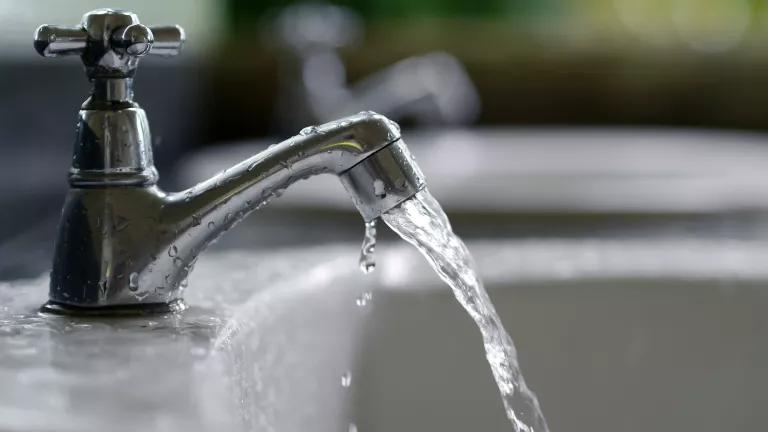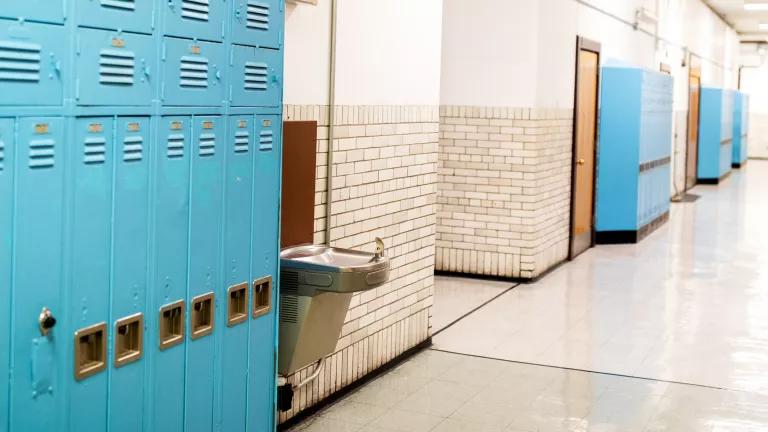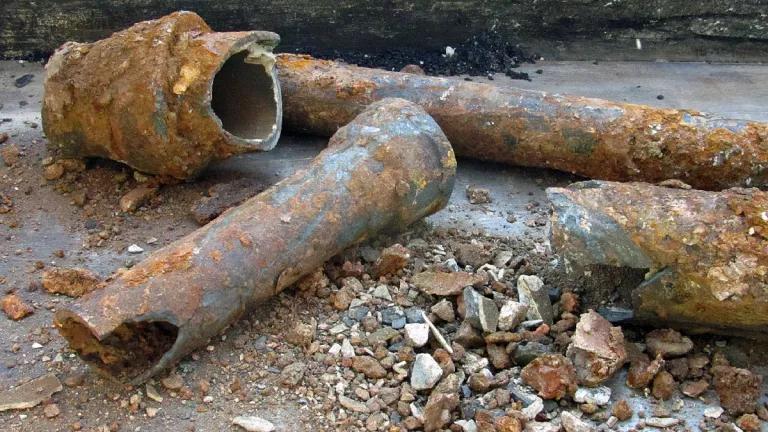Get the Lead Out of Drinking Water in Schools and Child Care Centers
NRDC has developed model state legislation that would require schools and child care centers to install filters on drinking water taps, conduct lead testing, and remediate problems.

Schools and child care centers are meant to be places for children to thrive. But when lead gets into the drinking water of these institutions—leached from plumbing, fixtures, and fittings—it presents a grave risk to the development of young bodies and minds.
Lead is a poisonous heavy metal that can cause serious health problems, especially in children and pregnant women. Young children and fetuses are most susceptible, particularly their brains and nervous systems, and some of the impacts can be irreversible, lasting into adulthood. Lead exposure has been found to decrease children’s cognitive capacity and cause behavior issues, including problems with focus.
Despite these dangers, the U.S. Environmental Protection Agency provides only voluntary guidelines for schools to adopt in order to reduce lead in their drinking water. Under current federal law, plumbing, fixtures, and fittings can contain some lead—up to 0.25 percent—and still be considered “lead free.” Prior to 2014, the standard was even less stringent: Materials containing less than 8 percent lead could be labeled “lead-free,” and as a result, the older pipes, faucets, drinking fountains, and other plumbing in many schools can leach significant amounts of lead. And while some states have adopted tougher rules, no state has a program that will truly eliminate the problem.
That is why NRDC developed model legislation for states that would require schools and child care centers to install filters on drinking water taps, conduct lead testing, and remediate the problem when concentrations of lead in the filtered water exceed 1 part per billion.
There is no safe level of lead. But with smart legislation, states can help end this public health crisis.
Learn More

At Least 82 Percent of New York Public Schools Have a Lead Problem

How to Protect Yourself from Lead-Contaminated Water





